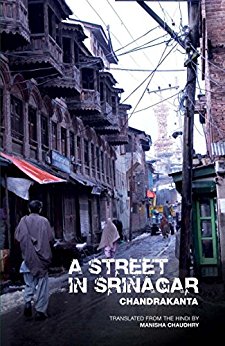In today’s troubled times, one associates the city of Srinagar with images of discon tent—protesting crowds, stone pelting youth, and armed patrols. In this context, the title of this book (A Street In Srinagar) draws expectations of a narrative on the troubled political situation in Kashmir. Instead, what Chandrakanta offers to us is an engaging portrayal of life in a particular section of the city, yet untouched by strife. The entire narrative is set at ‘Ailan Gali’—a deep, narrow lane at the heart of the city, where houses are so closely connected that the residents live in perpetual darkness: People here have built such amazing houses! Bungalows on a finger’s width of land. Some of them giddily as reach up five storey’s high, stretching crookedly as if to touch the moon. The narrow crevices between them are barely large enough to let in the sun. It is no better in the day time … to say nothing of the night. It is as if the ghosts of darkness have taken up permanent residence in the gali! (pp. 3-4)
Yet despite the darkness that encompasses the street in daylight and nighttime, the residents of Ailan Gali share an intimacy and closeness that generates a sense of collective warmth. The homes of Anwar Bhai, Kanth Kaka, Sansarchand Purohit and Ratnichachi, among others, are ‘stacked against each other in shoulder rubbing intimacy’ (p. 4).

